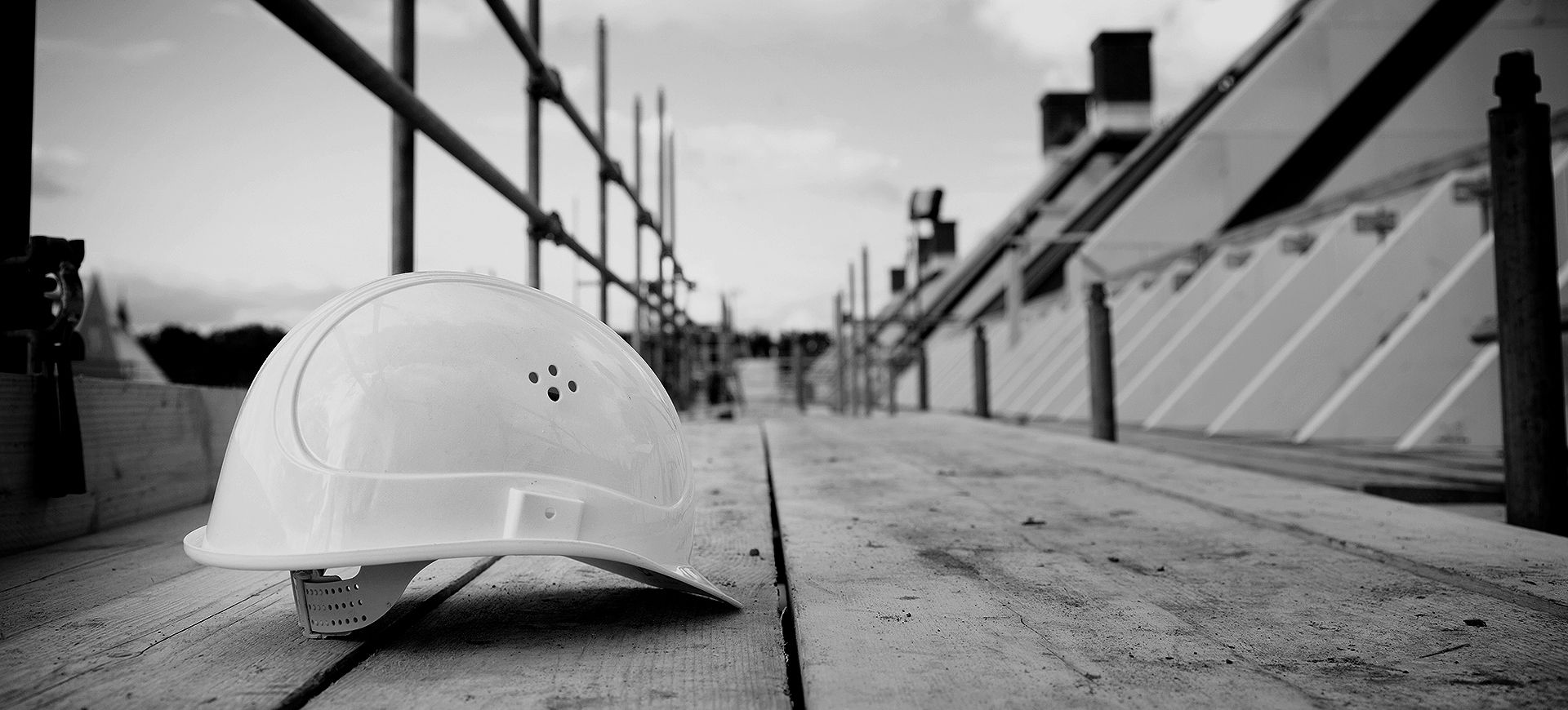Heating repair refers to the processes and services involved in diagnosing, fixing, and maintaining heating systems in residential, commercial, and industrial settings. These systems can include furnaces, boilers, heat pumps, and radiators, which are essential for providing warmth and comfort in indoor spaces, especially during colder months.
Importance of Heating Repair
Heating systems are crucial for maintaining a safe and comfortable environment. They not only provide warmth but also contribute to the overall indoor air quality and safety of a space. When a heating system malfunctions, it can lead to discomfort, increased energy costs, and potential health risks, particularly in extreme weather conditions. Therefore, timely heating repair is essential to ensure the system operates efficiently and reliably.
Common Issues Requiring Heating Repair
- Thermostat Malfunctions: The thermostat controls the system’s temperature settings. If it is faulty or inaccurately reading the temperature, it can cause the heating system to cycle incorrectly, leading to inadequate heating or increased energy costs.
- Inconsistent Heating: Rooms that are not evenly heated can indicate problems such as blocked vents, ductwork issues, or an aging furnace that can no longer distribute heat evenly.
- Strange Noises: Unusual sounds, such as banging, rattling, or screeching, can signal mechanical issues within the heating system. These noises often require professional assessment to determine the underlying cause and potential risks.
- Increased Energy Bills: A sudden surge in energy costs without any change in usage patterns may indicate that the heating system is working harder than necessary, possibly due to inefficiencies or malfunctions.
- Short-Cycling: If the heating system frequently turns on and off without reaching the desired temperature, it can lead to premature wear and tear on the system, as well as ineffective heating.
- Foul Odors: Unpleasant smells, such as burning or gas odors, can signal serious safety issues and necessitate immediate professional evaluation to prevent hazards.
- Flame Issues: For gas furnaces, an irregular flame or any signs of soot can indicate combustion issues, which can affect both the efficiency and safety of the unit.
The Heating Repair Process
- Diagnosis: A qualified technician will first conduct a thorough inspection of the heating system to identify the root cause of the problem. This may involve checking electrical components, testing the thermostat, inspecting ductwork, and examining the overall integrity of the system.
- Repair or Replacement: Depending on the diagnosis, the technician will recommend repairs or, in some cases, suggest replacement of certain parts or even the entire heating system if it is beyond repair or inefficient.
- Calibration: After repairs, the technician will calibrate the system to ensure it operates effectively and efficiently. This may involve adjusting the thermostat, resetting safety controls, or inspecting system performance.
- Maintenance Recommendations: Technicians often provide guidance on routine maintenance practices that homeowners can undertake to prolong the life of their heating systems, such as changing filters regularly, scheduling annual inspections, and keeping vents clear of obstructions.
- Emergency Services: Many heating repair companies offer emergency services for urgent issues, especially during harsh winter periods when heating failure can pose serious risks.
Conclusion
Regular heating repair and maintenance are crucial for ensuring that heating systems operate at peak efficiency and reliability. By promptly addressing issues, homeowners can not only ensure comfort but also save on energy costs and extend the lifespan of their heating equipment. Engaging a skilled heating repair professional is essential for safely and effectively restoring heating systems to optimal working condition.
